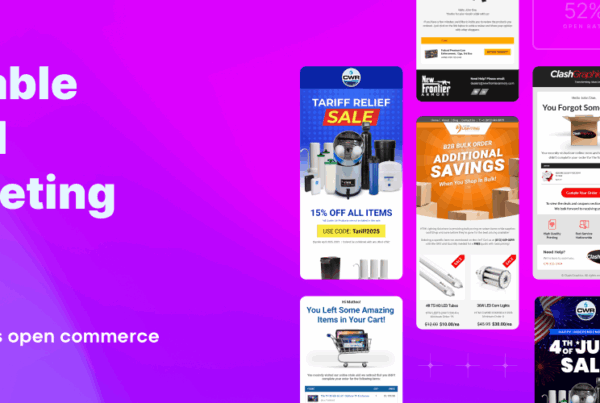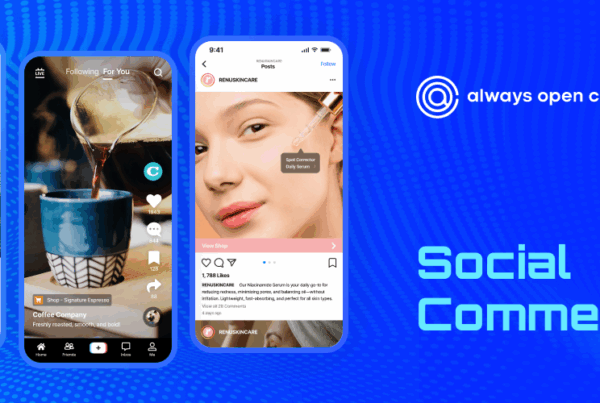When it comes to buying decisions, humans are by nature more emotional than rational. Being able to target the consumers’ emotions and create a powerful and long-lasting bond between you and them will naturally drive conversions.
As compared to cognitive thinking, emotions are those that create a higher impact on our present and future actions. In fact, the most shared and most viral brand advertisements can be described with one word – emotional. 2015’s most viral ads have one thing in common; they all showcase emotional content such as friendship, inspiration, joy, love, empowerment, etc.
For consumers, brands and products are more than just mere objects. They also view them as something that could address their emotional needs. By tugging their heartstrings, they’ll be able to personally connect with your brand. Then, conversions will naturally follow.
The power of emotions
Have you experienced tearing up over an emotional and moving advertisement, and feel a certain connection with it? That’s the power of emotions and emotional advertising.
According to Nielsen’s 2016 report, emotions are central to advertising. Emotions influence people’s conscious decisions and drive their non-conscious decisions. Most of our decisions are driven by emotions. Decisions are rarely rational and are always influenced by emotions (instinct) which lead to a purchase.
Below are the four basic emotions in humans: happiness, sadness, surprise, and anger. These emotions significantly impact and influence a human’s actions and decisions – including his/her purchasing decisions.
- Brands and ads that encourage smiles, laughter, happiness, and positivity have the most shares and engagement. One great example of all time is Android’s “Friends Furever” advertisement.
- Brands now invest in creating ads that make people cry through moving ads. Even though ads like MetLife’s and P&G’s make us bawl our eyes out, they do really great in sending inspiration and awareness.
- Fear/Surprise. Fear stirs up urgency and encourages people to take action. Using fear in advertisements is best for campaigns about issues that need immediate action such as climate change, smoking, drunk driving, etc.
- Anger/Disgust. Although anger and disgust are classified as negative emotions, they can cause people to spur action, reconsider their perspectives, etc. See Save the Children’s ad. It may stir up anger over the Syrian crisis, but it also stirs up the people’s hearts to make donations to the refugees.
Big brands completely understand the emotions of their viewers, followers, and audience. They know how to tug their consumers’ heartstrings. Their emotional ads have driven significant effects to their brands including awareness, conversions, etc.
How to leverage emotions
As a marketer, appealing to the emotions enumerated above can help you attract visitors and encourage them to take a specific action. But, how? Study tips below:
- Understanding your audience’s needs. Determine your audience’s emotional state, needs, and triggers, etc. through qualitative research. Once you get to pinpoint how they naturally feel, you can start working on an ad strategy that drives conversions.
If you happen to be a travel brand, Expedia for example, your audience may naturally look for fun, relaxation, adventure, freedom, etc. If you’re a life insurance company, your audience may look for security, sense of trust, etc. No matter who your market is, you need to get to know them completely so you can cater to their emotional needs.
- Making them understand your brand’s core value. One of the most brilliant ads to date are from Thai Life Insurance. According to Phawit Chitrakorn, their emotional ads’ main goal is not to make people cry. Their focus is to make people appreciate their brand’s core value which is the “Value of Life.” More than being viral, their ads actually sell.
Through their viral ads, Thai Life Insurance always was the first in mind the day a person decides to avail a life insurance policy. Because Thai Life Insurance is the life insurance brand Thai people are most aware of, actual sales and conversions follow.
Learn from Thai Life Insurance’s example and make your brand the first in line when people think of a service related with yours. See their most brilliant ads here.
- Emotional storytelling. Storytelling that uses emotional content is a powerful tool that can make people relate to your brand without having to shove your products down their throats. People prefer stories they can relate to than have specific products or services pushed at them. Stories draw attention, tap curiosity, and drive engagement.
To create a good story, you must consider a little bit of drama, relatability, familiarity, simplicity, and immersion. Also, your story needs to positively enhance the lives of your audience. Happy or sad, your story has to leave your audience with a positive takeaway.
If people become emotionally engaged with your story, it’s more likely for them to choose your brand and your offerings over your competitors.
- Emotional design. Specific colors, images, designs, and text fonts, sizes, and styles can significantly affect human emotions. There are essential factors to be considered like color psychology and type psychology when creating advertisements. Combining the right colors and type can create an effective emotional design for an ad.
Make sure that your font and color choices, layout, and presentation work well together to get noticed. In doing your selections, make sure that your choices stimulate the emotion you’re trying to create. In using colors, consistency is the key in maintaining your chosen emotion. For images, make sure they’re evoking the right emotion.
Take a look at these 50 genius print ads created with solid concepts and great designs.
- Showing your business’s human side. By showing your business’s human side, you can establish a more personal connection and bond with your audience. Offering your audience a glimpse of your company’s exclusive behind the scene footages can build an instant connection, relationship, and sense of trust and authenticity.
Ben & Jerry’s sure knows how to encourage personal connection with their customers by showing their business’s human side. They don’t only focus on promoting their products, they show the world the people behind their successes. Know how you can do the same for your brand and business by watching their exclusive videos here.
To be successful in the business industry, you need to understand, master, and leverage your consumers’ emotions. Whatever your conversion goals are, whether it be to drive leads, establish brand awareness, promote your product, etc., a well-planned emotional marketing strategy can tug your consumers’ emotions and do the trick.












